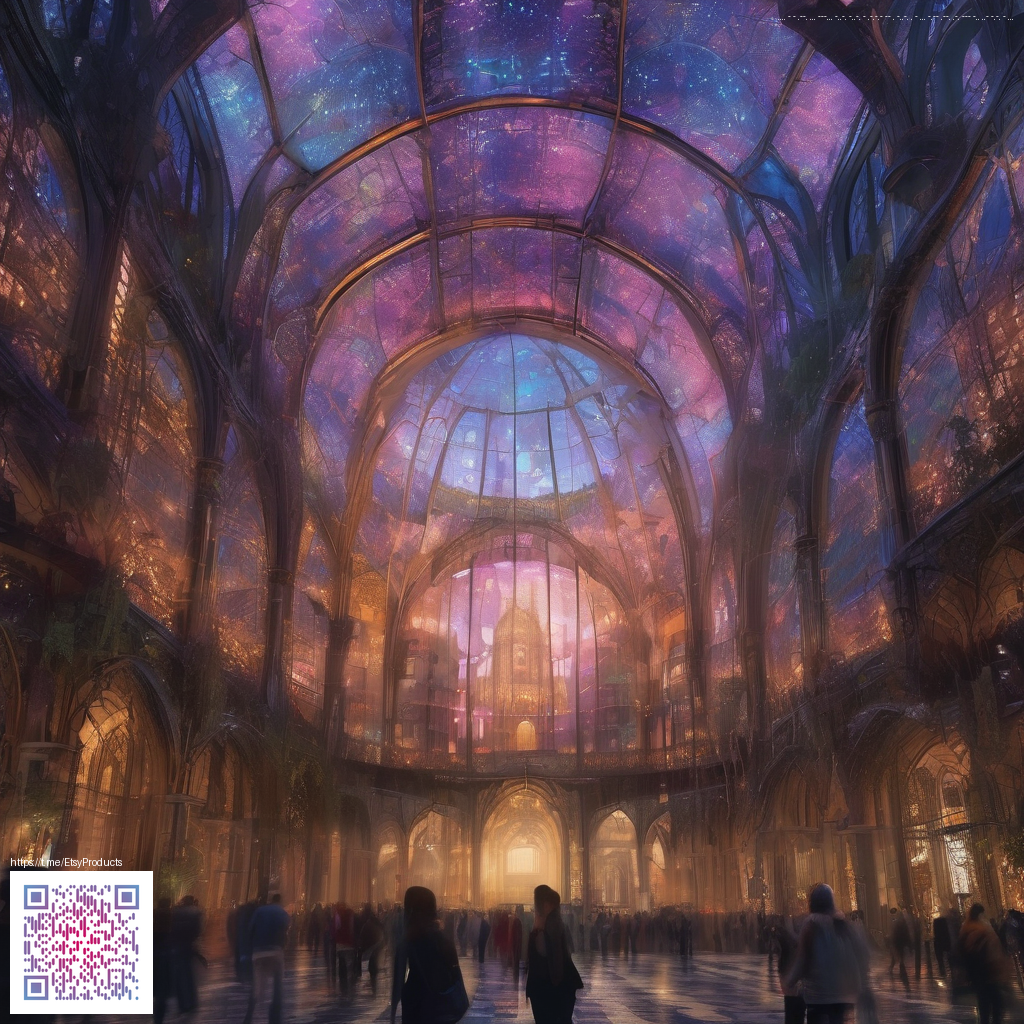
Mob Spawning Rules for Waxed Oxidized Cut Copper Slab
Minecraft blocks come with subtle rules that change how mobs behave when they roam your world. The waxed oxidized cut copper slab is a familiar neighbor for builders who love sleek surfaces and copper patina alike. Its waxed variant stays a solid slab rather than a block that glows or emits light, so the question is not about how cool it looks but about how it interacts with the spawning rules that govern hostile and neutral creatures.
In general, mobs spawn on most opaque blocks that meet light level requirements and other conditions. Slabs add a small twist to this rule. The common wisdom is that a bottom half slab blocks mob spawns on its top surface, while a top half slab and a double slab behave more like a full block when it comes to spawning. The exact orientation matters because it determines whether that surface is a viable spawning location for hostile mobs right above it.
With waxed oxidized cut copper slab, the same logic applies. The block supports three facing states type top bottom double, with a waterlogged option as well. If you place this slab as a bottom half block, mobs will generally not spawn on its upper surface. If you place it as a top half slab or as a double slab, it functions as a spawn surface much like a standard full block, provided other conditions such as light level and space are satisfied.
Bottom half slabs block mob spawns while top half and double slabs allow spawns when light conditions permit.
Because waxed copper variants do not emit light on their own, they do not create light sources that would deter creatures. Light level remains a separate factor that you manage with torches, lanterns, or glow blocks. Crafting layouts that rely on the slab orientation for spawn control can be both practical and visually striking in a copper themed build.
State details that matter for spawning
- The block has a type state with three values: top, bottom, and double. A double state occupies a full block space and acts like a regular surface for mob spawning.
- The top state yields a surface high in the space that mobs can spawn on if light is low enough.
- The bottom state yields a surface at the lower half of the block space, which usually prevents spawning on that surface.
- Waterlogging is possible but does not directly change spawn rules for hostile mobs. It can affect water flow and block interaction in nearby areas.
- All variants remain opaque and blocky surfaces ideal for surface design while letting you control where mobs appear through orientation and lighting.
From a practical standpoint a copper slab floor or platform becomes a smart tool for grinders or decorative halls. If your goal is to keep mobs away from certain walkways, place bottom half slabs as the flooring. If you want to encourage a small scale mob light trap or a surface grinder, use top half or double slabs as the spawn surface, and rely on lighting to fine tune the spawn rate.
For builders who love the tactile feel of a copper heavy world, waxed oxidized slabs offer a durable and stylish option. Their texture contrasts nicely with dark stone bricks or smooth stone, making corridors and courtyards sing with a subtle industrial vibe. The spawn rules do not require any special behavior from the waxed variant beyond the orientation you choose. That means you can plan advanced farms or safe walkways without sacrificing your copper aesthetic 🧱💎.
If you are curious about how these rules play out in real builds, you can explore a broader mix of world building ideas in related reads from our network. They dive into how nostalgia and lore influence design, as well as practical strategies for engagement and demonstration builds that blend storytelling with technical cleverness 🧭.
Tip for farm design includes testing a single waxed oxidized slab in both top and bottom configurations to observe the exact spawning behavior in your world. Small experiments pay off in big ways when you tune light levels and block orientation. In a crowded tabletop style base you can separate living spaces from grinder rooms by using different slab orientations to create distinct spawn zones without obvious obstructions.
Whether you are building a modern copper hall or a rustic workshop, the waxed oxidized cut copper slab is a sturdy and adaptable block. By understanding the top bottom and double states and keeping lighting in mind, you can craft functional spaces that are still incredibly beautiful to look at. The subtle shift in how mobs interact with this block reminds us that even small changes in a block's placement can have a big effect on our world’s dynamics 🧱⚙️.
Support Our Minecraft Projects